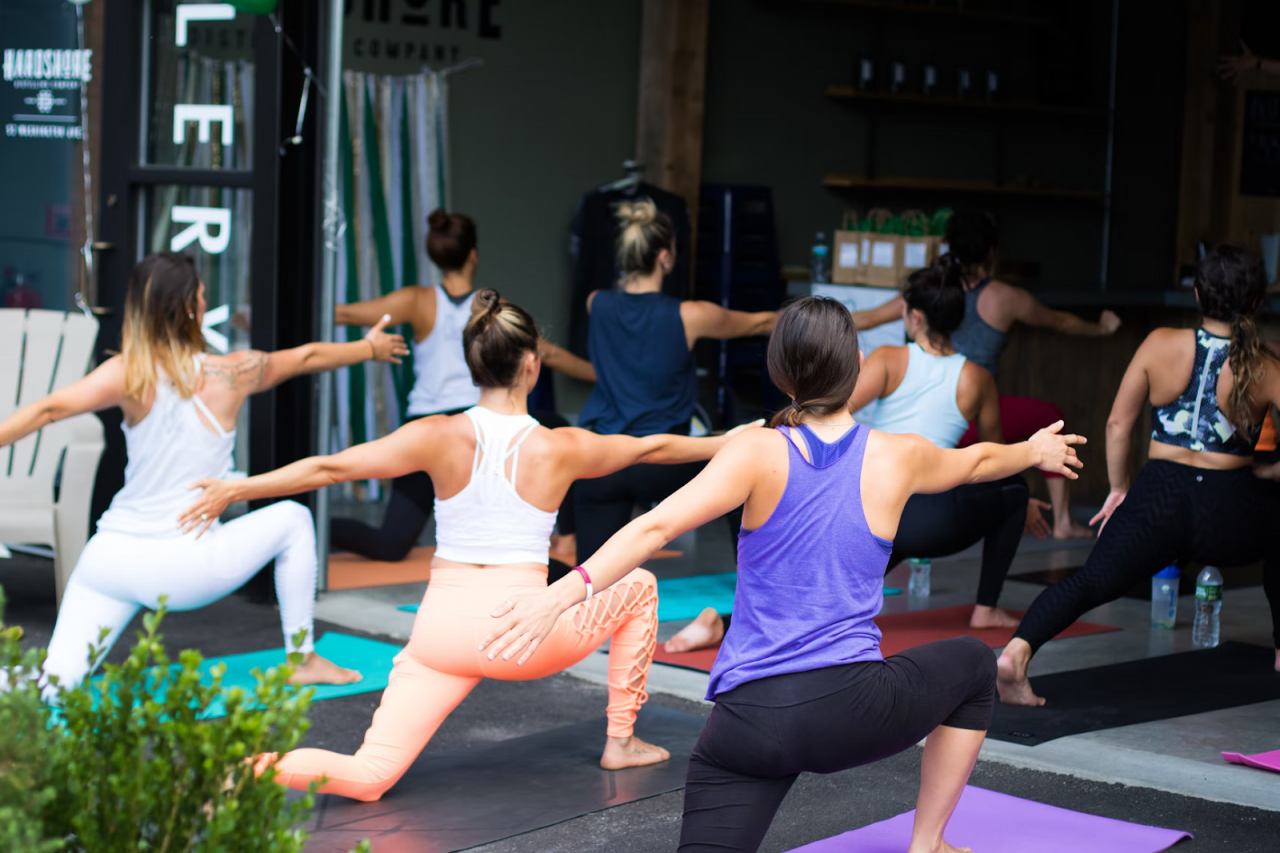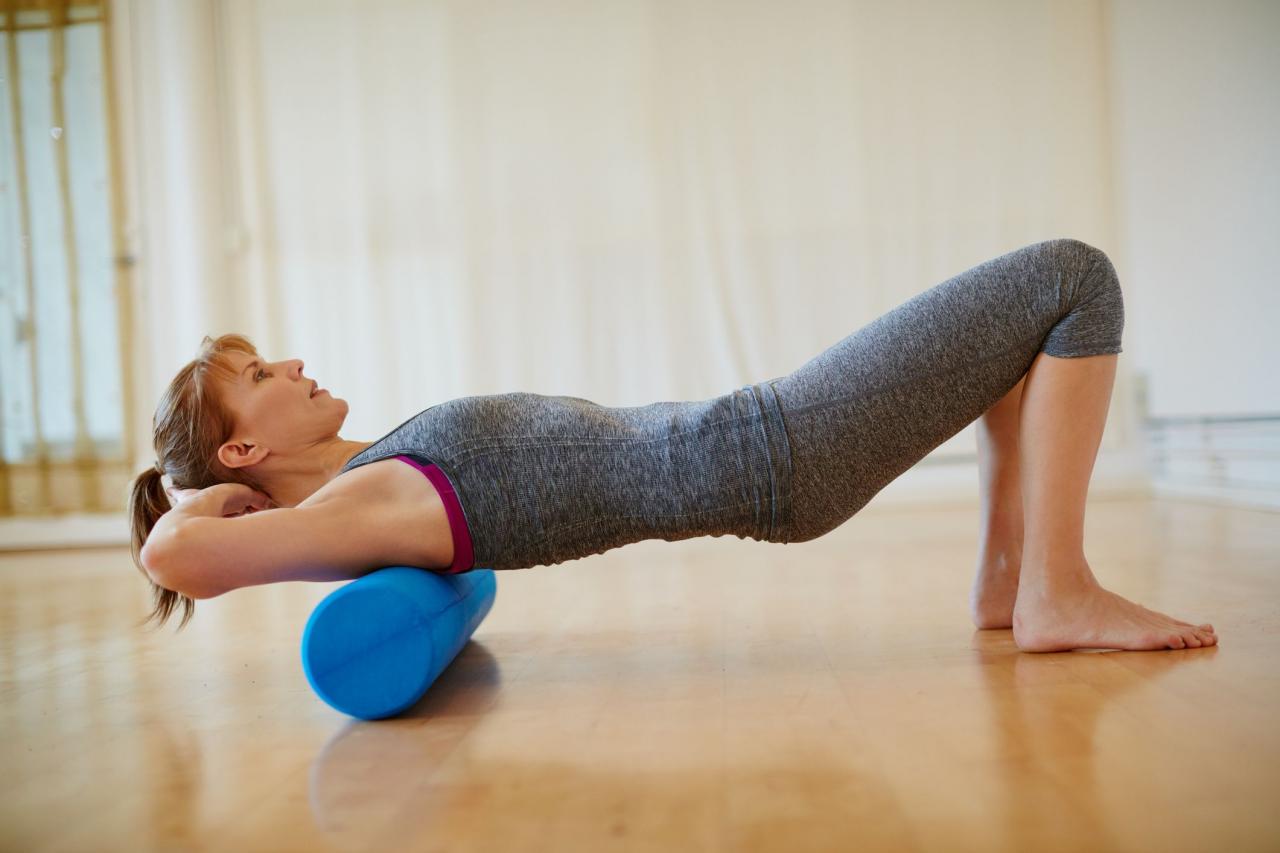
Explain why regular exercise is the best way to prevent flexibility issues. – Regular exercise is the best way to prevent flexibility issues. By engaging in regular physical activity, individuals can maintain and improve their range of motion, reduce pain, and enhance their overall mobility. This article delves into the importance of flexibility and explores how exercise plays a crucial role in preventing flexibility-related problems.
Flexibility is essential for maintaining a healthy and active lifestyle. It allows for greater freedom of movement, reduces the risk of injuries, and improves overall well-being. Regular exercise helps maintain and improve flexibility by promoting muscle elasticity and preventing muscle tightness and stiffness.
The Importance of Flexibility: Explain Why Regular Exercise Is The Best Way To Prevent Flexibility Issues.
Flexibility is essential for overall health and well-being. It improves range of motion, reduces pain, and enhances mobility. Flexibility allows for greater freedom of movement, making everyday activities easier and more enjoyable.
Mother’s Day is a special occasion to express gratitude and love for mothers. This year, make it memorable with heartfelt Mother’s Day wishes that convey your appreciation and affection. If you’re looking for something more personal, explore Mother’s Day wishes for mom that capture the unique bond you share.
Benefits of Flexibility
- Increased range of motion
- Reduced pain and stiffness
- Enhanced mobility and coordination
- Improved posture and balance
- Reduced risk of injury
The Role of Exercise in Preventing Flexibility Issues
Regular exercise plays a crucial role in maintaining and improving flexibility. It helps keep muscles and joints supple, preventing tightness and stiffness. Exercise also increases blood flow to muscles and joints, which promotes flexibility.
Types of Exercises for Flexibility
- Dynamic stretching
- Static stretching
- Yoga
- Tai chi
- Pilates
The Benefits of Regular Exercise for Flexibility
Regular exercise can help prevent muscle tightness and stiffness. It increases blood flow to muscles and joints, promoting flexibility. Exercise also helps maintain a healthy weight, which can reduce stress on joints and muscles.
Benefits of Regular Exercise, Explain why regular exercise is the best way to prevent flexibility issues.
- Prevents muscle tightness and stiffness
- Increases blood flow to muscles and joints
- Maintains a healthy weight
- Reduces stress on joints and muscles
The Frequency and Intensity of Exercise for Flexibility

The optimal frequency and intensity of exercise for flexibility vary depending on individual needs and fitness levels. However, it is generally recommended to engage in flexibility exercises at least twice a week.
Frequency and Intensity
- Frequency: 2-3 times per week
- Intensity: Light to moderate
- Duration: 10-15 minutes
- Warm-up: 5-10 minutes
- Cool-down: 5-10 minutes
The Importance of Stretching for Flexibility
Stretching is an essential component of a flexibility routine. There are different types of stretching, including dynamic and static stretching. Dynamic stretching involves moving muscles through a range of motion, while static stretching involves holding a position for a period of time.
Types of Stretching
- Dynamic stretching
- Static stretching
- Active stretching
- Passive stretching
- Ballistic stretching
Final Thoughts

In conclusion, regular exercise is paramount for preventing flexibility issues. By incorporating specific types of exercises into a regular routine, individuals can enhance their range of motion, reduce pain, and improve their overall mobility. Understanding the importance of flexibility and the role of exercise in maintaining it is essential for achieving optimal physical health and well-being.
FAQ Explained
How often should I exercise to improve flexibility?
For optimal results, aim for at least two to three sessions of flexibility exercises per week.
What types of exercises are best for improving flexibility?
Dynamic stretches, such as arm circles and leg swings, and static stretches, such as holding a stretch for 30 seconds, are effective for improving flexibility.
Is it important to warm up before stretching?
Stiff and tight muscles can contribute to back pain, leading to discomfort and mobility issues. To alleviate this, regular exercise is recommended as it improves flexibility, strengthens muscles, and promotes overall well-being. For those seeking specific exercises to target lower back fat, a range of effective options are available here .
Yes, warming up the muscles before stretching helps prevent injuries and improves the effectiveness of the stretches.





